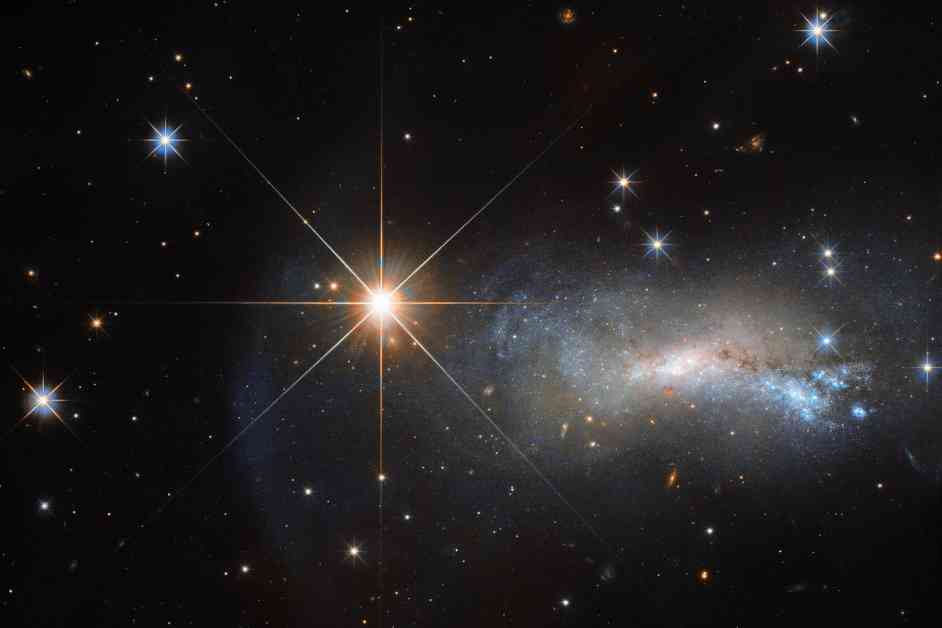It’s a beautiful night for enjoying the great outdoors. You step outside into the warm summer air, listening to the crickets chirping and taking in the scents of lush plant life. As you gaze up at the sky, you see hundreds of stars twinkling brightly, some even changing colors in a mesmerizing display. This twinkling phenomenon, while lovely for casual stargazers, is actually a major headache for astronomers.
Twinkling, or scintillation as it’s technically known, is the rapid variation in brightness and color of stars. For centuries, this twinkling was misunderstood, with ancient Greeks like Aristotle attributing it to flaws in human vision. It wasn’t until Isaac Newton studied optics that the true cause of twinkling was discovered. The bending of light as it passes through Earth’s turbulent atmosphere causes stars to appear to shift in position rapidly, creating the twinkling effect that we see from the ground.
The amount of shift, known as “seeing” in astronomical terms, is usually quite small but can still affect the clarity of images captured by telescopes. Adaptive optics technology has been developed to counteract the effects of twinkling, allowing astronomers to capture clear, sharp images despite atmospheric turbulence. Twinkling also has scientific applications, such as studying the refraction of radio waves passing through interstellar plasma. Overall, twinkling can be both a nuisance and a valuable tool for astronomers, depending on the context.










